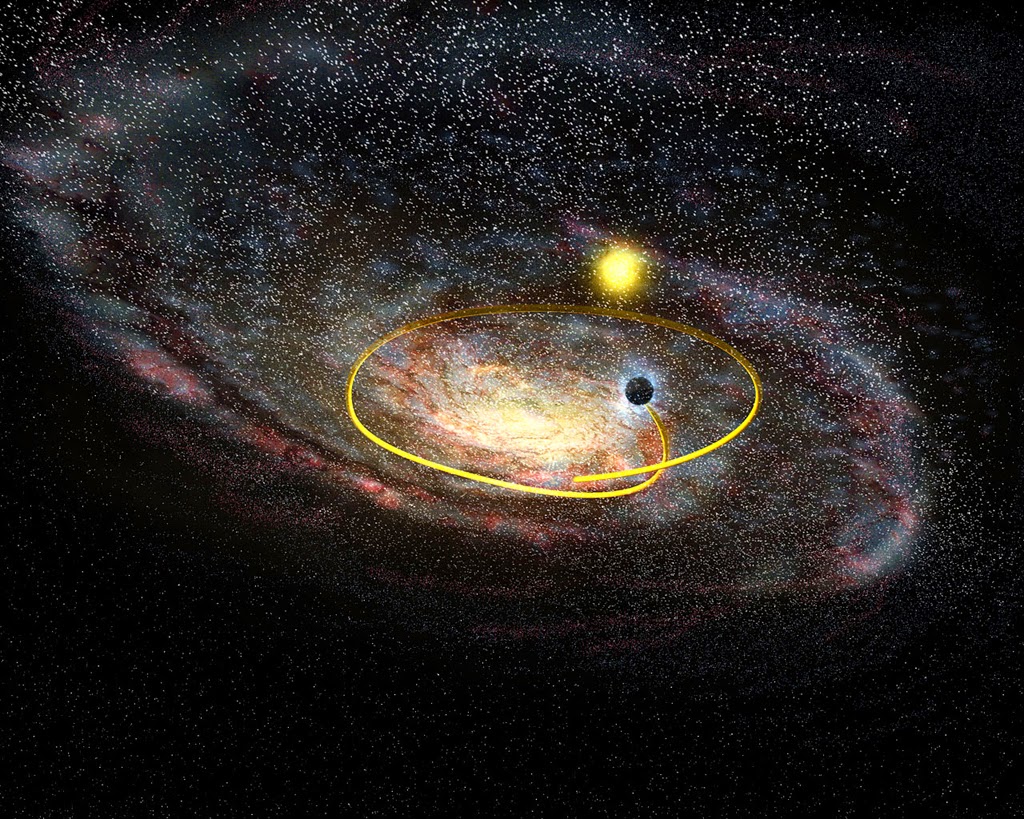An antibody also known as immunoglobulin is a Y-shape protective
protein produced by the immune system in response to the presence of a foreign
substance, called an antigen. Antibodies recognize and latch onto antigens in
order to remove them from the body. A wide range of substances are regarded by
the body as antigens, including disease-causing organisms and toxic materials
such as insect venom.
When an alien substance enters the body, the immune system
is able to recognize it as foreign because molecules on the surface of the
antigen differ from those found in the body. To eliminate the invader, the
immune system calls on a number of mechanisms, including one of the most
important — antibody production. Antibodies are produced by specialized white
blood cells called B lymphocytes or B cells. When an antigen binds to the
B-cell surface, it stimulates the B cell to divide and mature into a group of
identical cells called a clone. The mature B cells, called plasma cells,
secrete millions of antibodies into the bloodstream and lymphatic system.










































